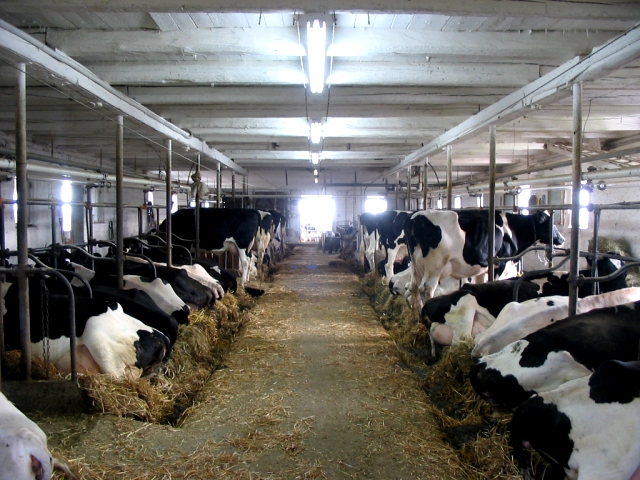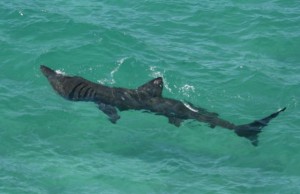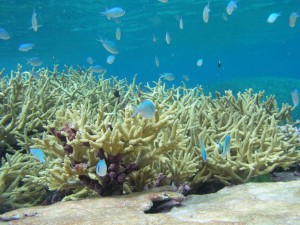Battery Cows
In the US these farms provide about half of the nation’s milk. Increasing consumer demand in the UK, and attractive profits, are driving the possibility of mega dairies hopping the pond.
 Image: By Eric Dufresne from Trois-Rivières, Canada (Flickr) [CC-BY-2.0 (http://creativecommons.org/licenses/by/2.0)], via Wikimedia Commons
Image: By Eric Dufresne from Trois-Rivières, Canada (Flickr) [CC-BY-2.0 (http://creativecommons.org/licenses/by/2.0)], via Wikimedia Commons
By Flora Haynes
@FloraHaynes
Large dairy farms where animals do not graze and are generally kept indoors are called ‘mega dairies’, and are common in the United States. They have been likened to farms which house battery hens. Thousands of cattle are kept on one site and milked in shifts of 24 hours a day, seven days a week. The cattle in these farms are permanently housed and are not expected to see grass during their lifetime. Their food needs to be imported to the site and huge quantities of animal waste must be disposed of. In the US these farms provide about half of the nation’s milk. Increasing consumer demand in the UK, and attractive profits, are driving the possibility of mega dairies hopping the pond.
So are we likely to see mega dairies in the British countryside?
In 2011 a proposal for a mega dairy in Lincolnshire was withdrawn due to opposition from the Environment Agency (as well as local residents, MPs, animal rights campaigners and traditional dairy farmers). The EA found the dairy would pose a serious threat to groundwater below the farm, which supplies local drinking water. The dairies also create methane and nitrate pollution on a large scale as well as producing strong odours. Farms in the US have been linked to the appearance of large fly populations and consequent complaints from local residents. It is believed however that some pollution problems could be mediated using anaerobic digesters.
Animal rights groups argue against keeping cattle indoors and not allowing them to graze outside. Further, traditional cattle grazing in the UK has an ecological benefit in terms of biodiversity. Small farms would not be able to compete with the low milk costs mega dairies benefit from and the grazing benefits would be lost.
A mega dairy has already been built without permission in Carmarthen, Wales. It houses 1, 800 cattle and has been running for over a year.
It is predicted that applications will increase, and pressure for these high-tech factory style farms will continue. Is this just progress and an inevitable evolution of dairy farming or does it highlight a much wider issue of population increase and unsustainable farming practices?





No comments yet.